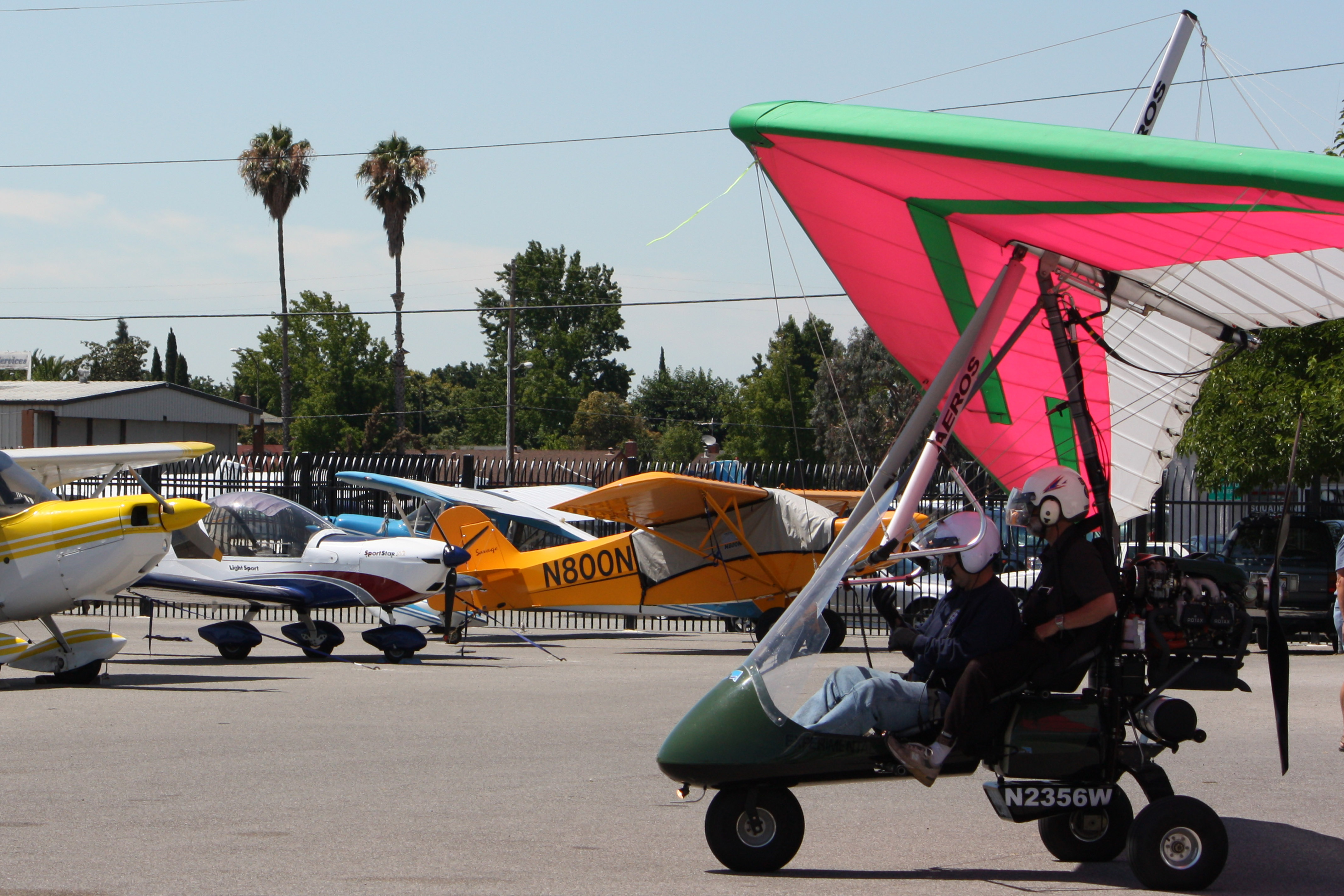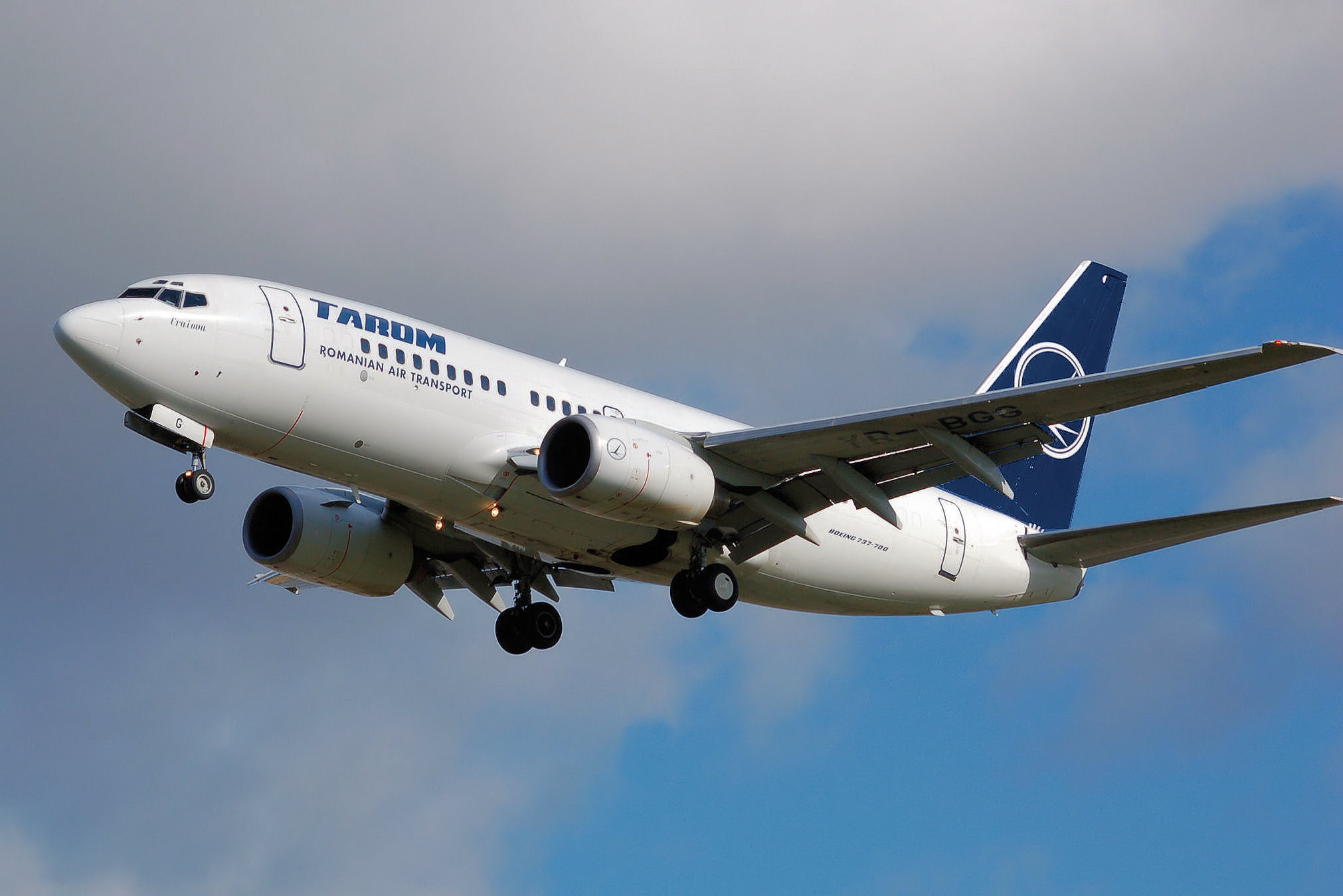|
Ultralight Aircraft
Ultralight aviation (called microlight aviation in some countries) is the flying of lightweight, 1- or 2-seat fixed-wing aircraft. Some countries differentiate between weight-shift control and conventional three-axis control aircraft with ailerons, elevator and rudder, calling the former "microlight" and the latter "ultralight". During the late 1970s and early 1980s, mostly stimulated by the hang gliding movement, many people sought affordable powered flight. As a result, many aviation authorities set up definitions of lightweight, slow-flying aeroplanes that could be subject to minimum regulations. The resulting aeroplanes are commonly called "ultralight aircraft" or "microlights", although the weight and speed limits differ from country to country. In Europe, the sporting (FAI) definition limits the maximum stalling speed to and the maximum take-off weight to , or if a ballistic parachute is installed. The definition means that the aircraft has a slow landing speed and sh ... [...More Info...] [...Related Items...] OR: [Wikipedia] [Google] [Baidu] |
Light-sport Aircraft
A light-sport aircraft (LSA), or light sport aircraft, is a fairly new category of small, lightweight aircraft that are simple to fly. LSAs tend to be heavier and more sophisticated than ultralight (aka "microlight") aircraft, but LSA restrictions on weight and performance separates the category from established GA aircraft. There is no standard worldwide description of an LSA . LSAs in different countries The civil aviation authorities in different countries have their own particular specifications and regulations which define the LSA category. For example, in Australia the Civil Aviation Safety Authority defines a light-sport aircraft as a heavier-than-air or lighter-than-air craft, other than a helicopter, with a maximum gross takeoff weight of not more than for lighter-than-air craft; for heavier-than-air craft not intended for operation on water; or for aircraft intended for operation on water. It must have a maximum stall speed of in landing configuration; a maximu ... [...More Info...] [...Related Items...] OR: [Wikipedia] [Google] [Baidu] |
Fixed-wing Aircraft
A fixed-wing aircraft is a heavier-than-air Aircraft, flying machine, such as an airplane, which is capable of flight using wings that generate Lift (force), lift caused by the aircraft's forward airspeed and the wing configuration, shape of the wings. Fixed-wing aircraft are distinct from rotorcraft, rotary-wing aircraft (in which the wings form a Helicopter rotor, rotor mounted on a spinning shaft or "mast"), and ornithopters (in which the wings bird flight#Flapping flight, flap in a manner similar to that of a bird). The wings of a fixed-wing aircraft are not necessarily rigid; kites, hang gliders, variable-sweep wing aircraft and airplanes that use wing morphing are all examples of fixed-wing aircraft. Gliding flight, Gliding fixed-wing aircraft, including free-flying Glider (aircraft), gliders of various kinds and tethered kites, can use moving air to gain altitude. Powered aircraft, Powered fixed-wing aircraft (airplanes) that gain forward thrust from an aircraft engine, ... [...More Info...] [...Related Items...] OR: [Wikipedia] [Google] [Baidu] |
Fédération Aéronautique Internationale
The (; FAI; en, World Air Sports Federation) is the world governing body for air sports, and also stewards definitions regarding human spaceflight. It was founded on 14 October 1905, and is headquartered in Lausanne, Switzerland. It maintains world records for aeronautical activities, including ballooning, aeromodeling, and unmanned aerial vehicles (drones), as well as flights into space. History The FAI was founded at a conference held in Paris 12–14 October 1905, which was organized following a resolution passed by the Olympic Congress held in Brussels on 10 June 1905 calling for the creation of an Association "to regulate the sport of flying, ... the various aviation meetings and advance the science and sport of Aeronautics." The conference was attended by representatives from 8 countries: Belgium (Aero Club Royal de Belgique, founded 1901), France ( Aéro-Club de France, 1898), Germany ( Deutscher Aero Club e.V.), Great Britain ( Royal Aero Club, 1901), Italy (Ae ... [...More Info...] [...Related Items...] OR: [Wikipedia] [Google] [Baidu] |
USUA
The United States Ultralight Association (USUA) is a non-profit organization that endeavors to support ultralight aviation and ultralight aircraft It is the oldest ultralight organization in the US, formed after motors began appearing on hang gliders in the early 1980s. USUA developed training programs to help the minimally regulated sport improve safety. USUA is the internationally recognized representative for ultralight competition in the U.S. through the Fédération Aéronautique Internationale (FAI). In 2006 the USUA partnered with the United States Powered Paragliding Association The United States Powered Paragliding Association (USPPA) is a non-profit organization based in the United States that endeavors to support a segment of ultralight aviation known as powered paragliding Powered paragliding, also known as par ... (USPPA) to better represent the powered paragliding segment of ultralight aviation. External links United States Ultralight Association offici ... [...More Info...] [...Related Items...] OR: [Wikipedia] [Google] [Baidu] |
Light-sport Aircraft
A light-sport aircraft (LSA), or light sport aircraft, is a fairly new category of small, lightweight aircraft that are simple to fly. LSAs tend to be heavier and more sophisticated than ultralight (aka "microlight") aircraft, but LSA restrictions on weight and performance separates the category from established GA aircraft. There is no standard worldwide description of an LSA . LSAs in different countries The civil aviation authorities in different countries have their own particular specifications and regulations which define the LSA category. For example, in Australia the Civil Aviation Safety Authority defines a light-sport aircraft as a heavier-than-air or lighter-than-air craft, other than a helicopter, with a maximum gross takeoff weight of not more than for lighter-than-air craft; for heavier-than-air craft not intended for operation on water; or for aircraft intended for operation on water. It must have a maximum stall speed of in landing configuration; a maximu ... [...More Info...] [...Related Items...] OR: [Wikipedia] [Google] [Baidu] |
FAR 103 Ultralight Vehicles
Ultralight aircraft in the United States are much smaller and lighter than ultralight aircraft as defined by all other countries. In the United States, ultralights are described as "ultralight vehicles" and not as aircraft. They are not required to be registered, nor is the pilot required to have a pilot's certificate. United States definition of "ultralight" Regulation of ultralight aircraft in the United States is covered by the Code of Federal Regulations, Title 14 (Federal Aviation Regulations), Part 103, or ''14 CFR Part 103'', which defines an "ultralight" as a vehicle that: * has only one seat * Is used only for recreational or sport flying * Does not have a U.S. or foreign airworthiness certificate * If unpowered, weighs less than 155 pounds * If powered: ** Weighs less than 254 pounds (115 kg) empty weight, excluding floats and safety devices ** Has a maximum fuel capacity of 5 U.S. gallons (19 L) ** Does not exceed 55 knots (102 km/h; 63 mph) cali ... [...More Info...] [...Related Items...] OR: [Wikipedia] [Google] [Baidu] |
Federal Aviation Administration
The Federal Aviation Administration (FAA) is the largest transportation agency of the U.S. government and regulates all aspects of civil aviation in the country as well as over surrounding international waters. Its powers include air traffic management, certification of personnel and aircraft, setting standards for airports, and protection of U.S. assets during the launch or re-entry of commercial space vehicles. Powers over neighboring international waters were delegated to the FAA by authority of the International Civil Aviation Organization. Created in , the FAA replaced the former Civil Aeronautics Board, Civil Aeronautics Administration (CAA) and later became an agency within the United States Department of Transportation, U.S. Department of Transportation. Major functions The FAA's roles include: *Regulating U.S. commercial space transportation *Regulating air navigation facilities' geometric and flight inspection standards *Encouraging and developing civil aeronautics, ... [...More Info...] [...Related Items...] OR: [Wikipedia] [Google] [Baidu] |



.jpg)
